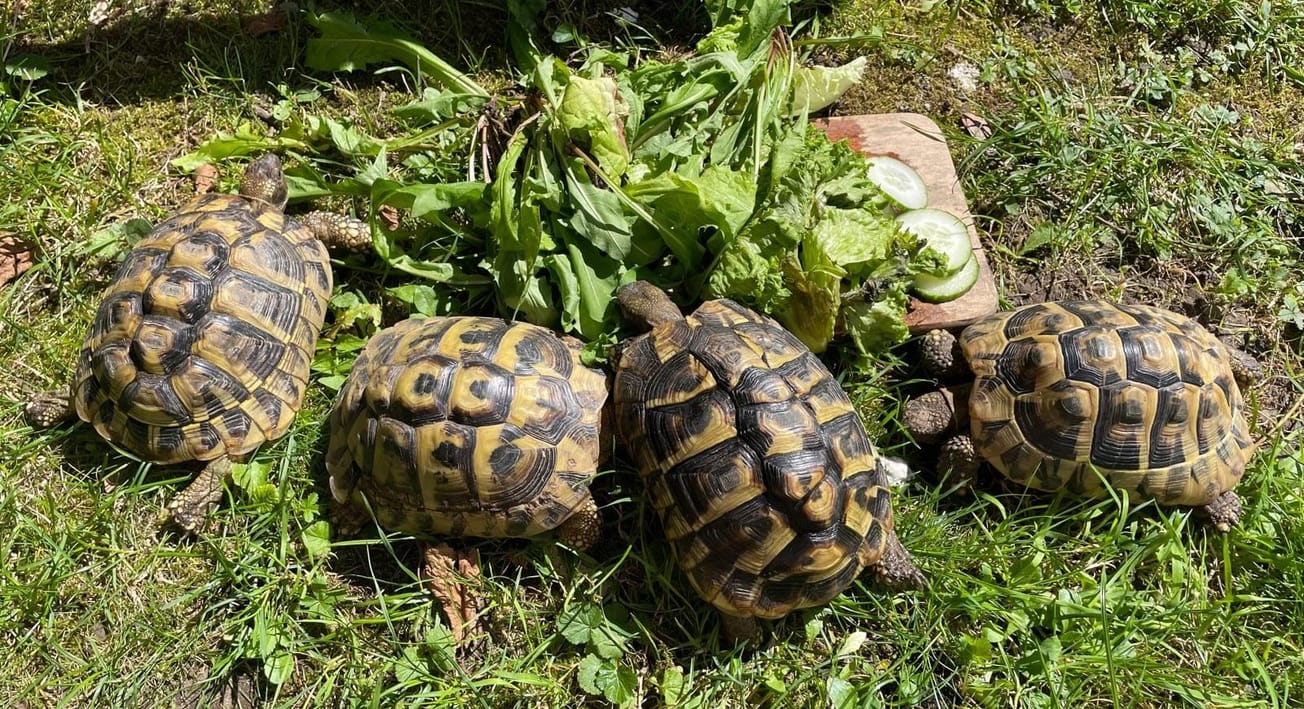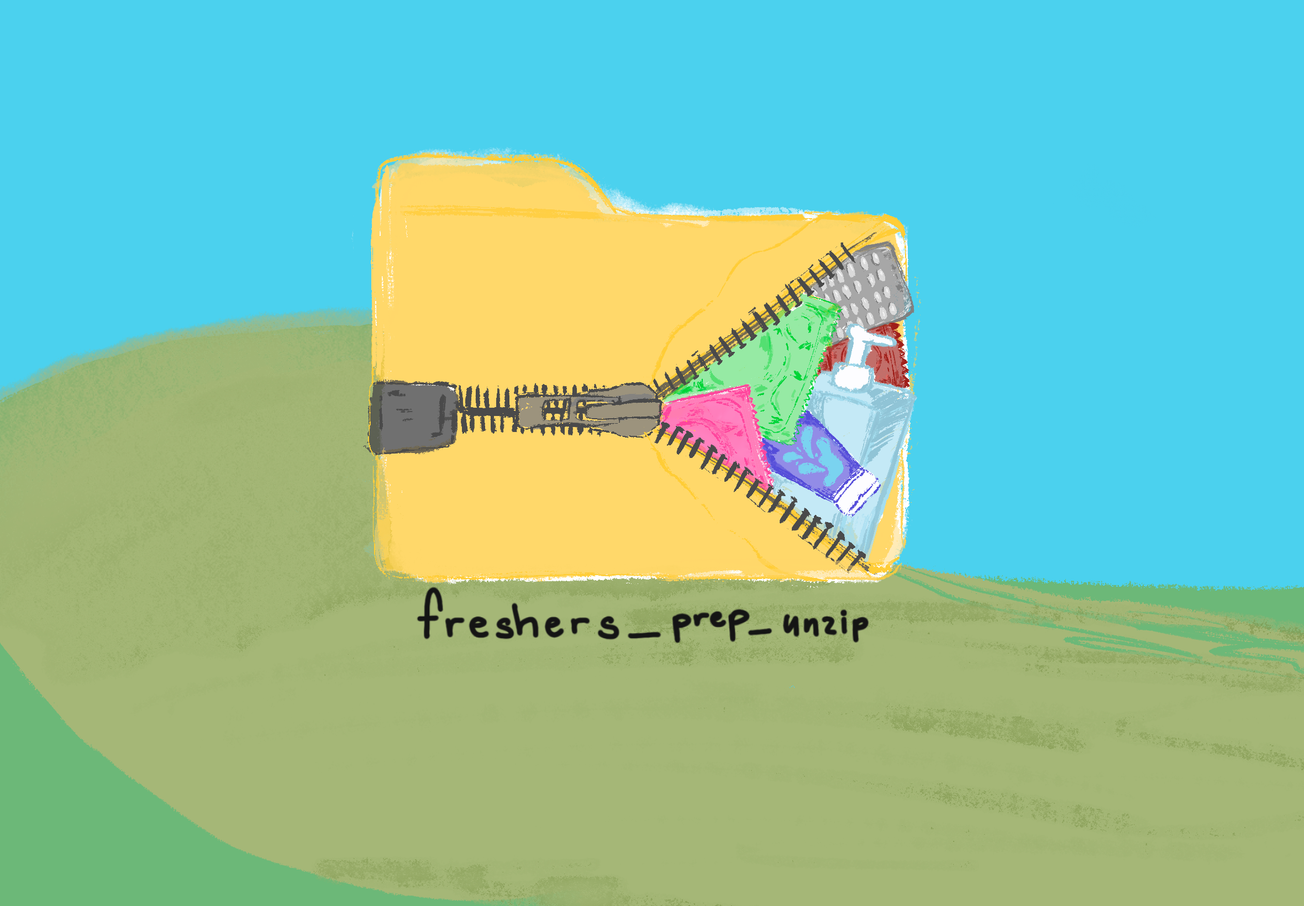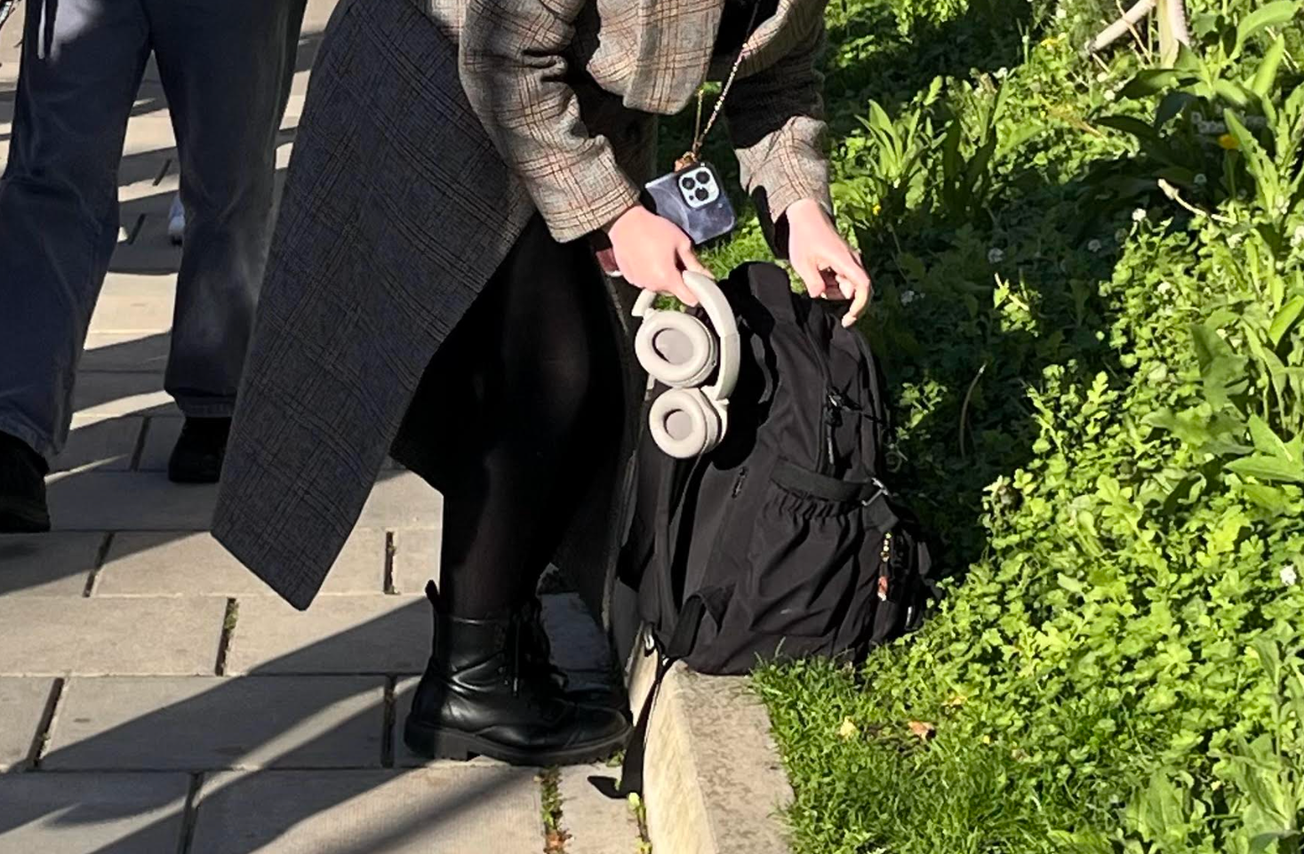By Hannah Stainbank, Second Year, English
New research released in February by the University of Bristol reveals that emus and rheas are more intelligent than we once thought.
Palaeognath birds, the family that includes emus, ostriches, and rheas, are the most direct living descendants of dinosaurs. A recent study, carried out by Fay Clark, Jasmine Burdass, Annalise Kavanagh, and Annabel King, revealed that these birds have the capacity for technical innovation.
Previously thought of to be, as stated in the study, ‘bird brained’ who lacked in ‘intelligence’, this new research implies that they can problem solve. The birds were tasked with lining up a hole with a food chamber. They found that the birds moved the hole in the most efficient direction 90 percent of the time, indicating that turning the hole was deliberate - a deliberate action to access the food.
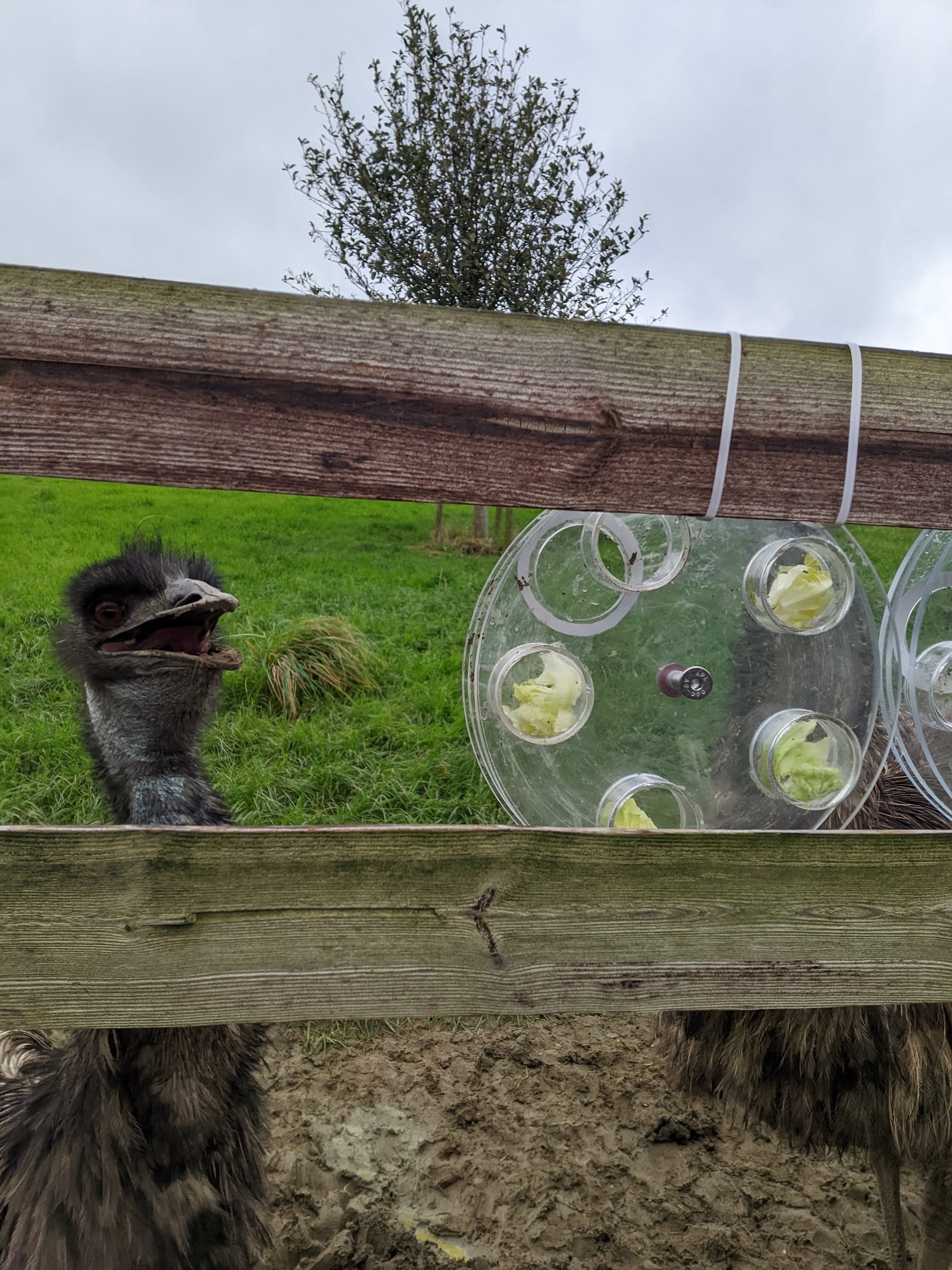
Three of the emus and one of the rheas were able to innovate by moving the hole and the same rhea was also able to dismantle the task by taking off the central bolt. None of the ostriches were able to innovate within this task, but that’s not to say they lack the same capabilities as the emus and rheas. The study points out that the ostriches were much taller and therefore the study may have placed ‘postural or beak limitations on ostriches.’
Epigram spoke to Jasmine Burdass, one of the researchers, to better understand the impact of this research.
Jasmine noticed that the birds all had their own distinct personalities. They named the three emus after Donna and the Dynamos, from Mamma Mia. Donna earned her name as the most confident of the three, with the other two appearing ‘a bit more shy.’ Though, I’m not quite sure that Rosie and Tanya would appreciate being called shy.
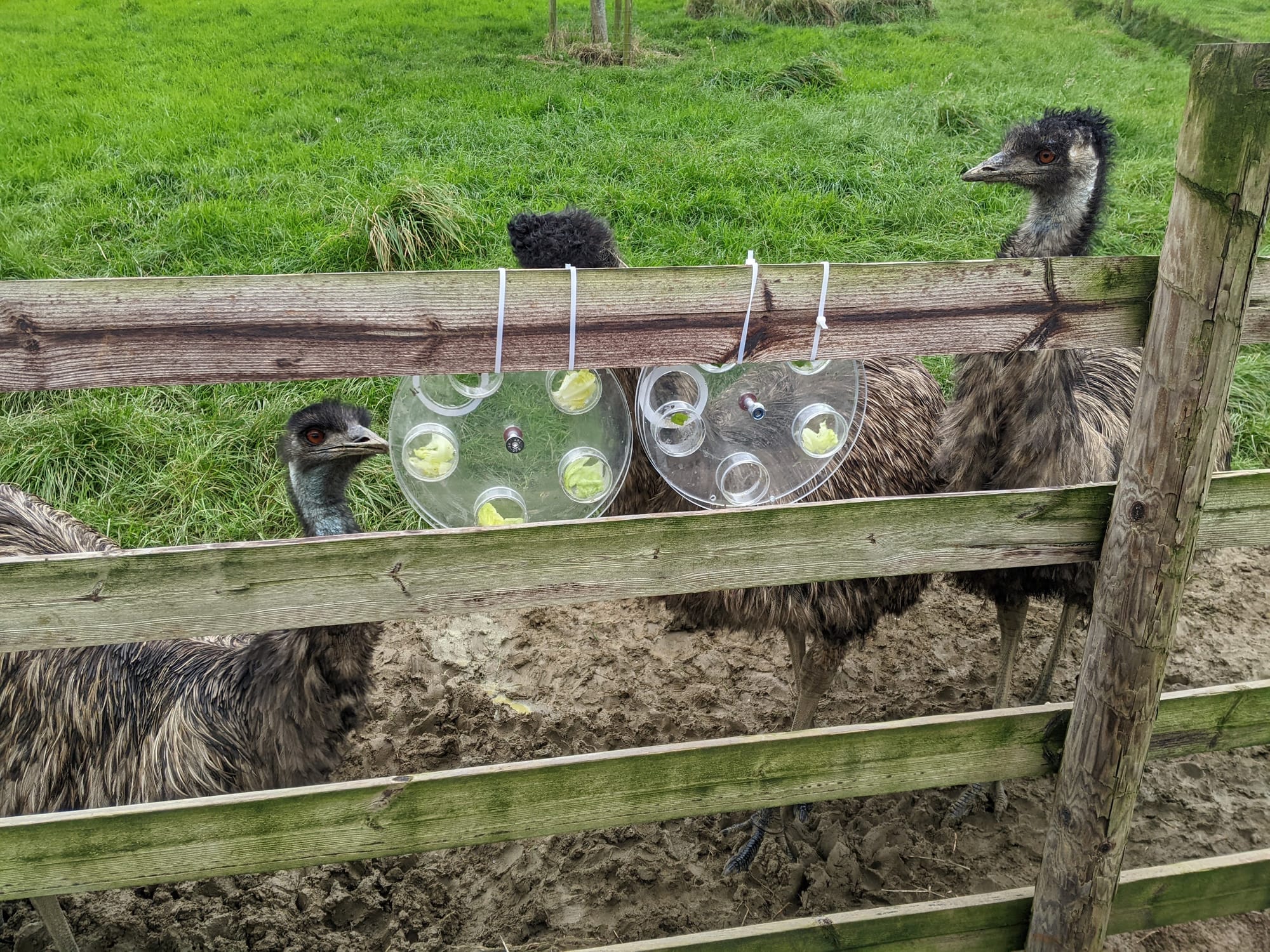
With the rheas, the differences between the two was stark. One ‘did not engage at all’, while the other was ‘cheeky.’ Unsurprisingly, it was the cheekier one that completely dismantled the task by taking the bolt off.
Jasmine thought that ‘it got to the point where he was actually just trying to impress us’ and that ‘if you stopped watching him, he would back away a little bit.’ There’s ‘a bit of personification’ to be had, Jasmine said, as she’s unable to draw any concrete conclusions about his showing-off. Even so, it seemed he liked the attention.
One of the key aspects of the research is the fact that the intelligence of palaeognath birds is under researched. People have widely assumed their lack of intelligence, because they have relatively small brains, but this study challenges that assumption.
Jasmine said ‘it just feels like they’ve been overlooked completely as a category’ and that ‘they could be a bit of an underdog in the bird kingdom.’
The study was fairly small and only provided an introduction into the possibility of large, flightless birds having the capacity to innovate. Jasmine, and I’m sure many more of us, would be interested to see more research into the intelligence of ‘these strange, massive, flightless birds’ that happen to be our closest link to the dinosaurs.
For now, though, it’s exciting to see that we can always challenge our assumptions about animal intelligence. Who knows what other creatures are innovators?
Featured image: Jasmine Burdass


